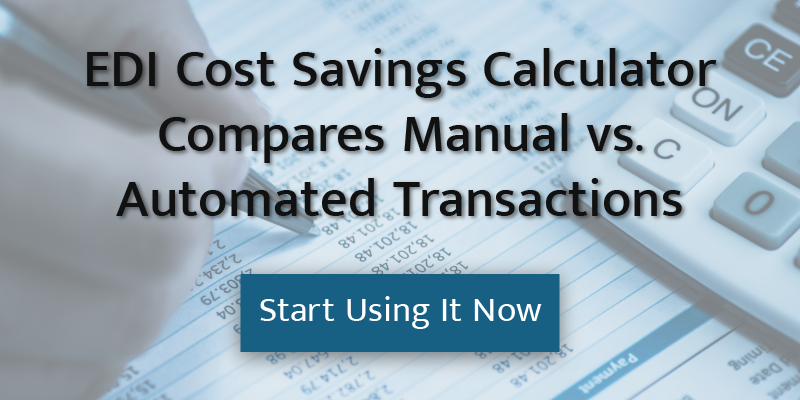 If it is not broke don't fix it, right? Well, it depends on what one defines as broke, and when it is broke, how one fixes it.
If it is not broke don't fix it, right? Well, it depends on what one defines as broke, and when it is broke, how one fixes it.
Two examples serve as excellent illustrations with the first being from a builder friend of mine with a client trying to cut a budget corner against his advice, and the second being one of my own costly lessons.
First, you have put an addition on your home, yet have an old furnace heating it. This furnace struggles to keep up with the extra square footage, and given the age, is not at all efficient compared to modern furnaces. Is it broke? Should you fix(replace) it?
Second, I had a SUV several years ago which I drove into the ground. It was somewhere between a great vehicle and a money pit...no, it was a money pit! All the issues seemed to come up post warranty period, but being paid off, we continued to fix it. In years 5-9 of owning that SUV, I had around $17,000 in repairs in it thinking each repair would be the last for a while. This vehicle was broken often and I chose to fix it, versus replace it, that in retrospect cost me more much more than just replacing it.
Applying this to our life as integration and EDI professionals and spinning off a recent Blog article on change how often does the status quo, versus change, win out even though status quo may be more costly and operationally painful?
In recent years, companies have been modernizing their B2B integration and file exchange environments because they viewed something in their environment "broken enough" to need fixed. Folks come to Remedi with a modernization project in hand, others come thinking about such an endeavor, and many others we speak with ask...Why Change?
Besides the obvious benefits of EDI and integration efficiency, effectiveness, and cost savings, the question of Why Change is best answered by examining those that have modernized their environments with a comprehensive integration solution. In no particular order, here are just a few reasons our clients decided the integration Status Quo was no longer workable:
- Multiple, siloed and overlapping integration and file exchange systems created by the urgent implementation of single partner point solutions and systems acquired through acquisition, resulting in redundancy of operations, software subscription and support, and integration professionals
- No/low integration product innovation or next generation integration solutions from current vendor
- Desire by firms to utilize a comprehensive integration suite for all internal/external integrations and file exchange creating a Center of Excellence approach to organizing integration solutions, infrastructure, and human resources
- No/low visibility of integrations and file exchange in current systems and/or ability to extend this visibility to users/partners for self service
- New IT executives who modernized B2B and MFT environments successfully elsewhere and are replicating that success for some of the reasons above
The points above are just a few reasons firms have moved from the EDI and Integration Status Quo. Some of these may resonate with you and there are likely other use cases, opportunities, or brokenness in your situation where such an initiative would be cost justified.






